Screen delves into the inner workings of the BBFC thanks to its silent censor panel (held on Friday at the BFI Southbank) and their special centenary book Behind the Scenes at the BBFC.
As part of their Uncut season, Friday (Nov 9) saw the BFI’s Bryony Dixon and the BBFC’s Lucy Brett & Jen Evans host a special panel at the BFI Southbank.
What the Silent Censor Saw – 100 Years of the BBFC outlined the censorship issues facing the early years of the British Board of Film Censors (as it was then known) through a series of silent film clips from the era.
In 1916, the then-President of the Board T.P. O’Connor set out a series of 43 grounds for ‘deletion’ including the likes of “indecorous dancing”, “excessively passionate love scenes” and, probably our personal favourite, “scenes laid in disorderly houses”. We couldn’t help but wish we were born in a different era… in this day-and-age of torture porn, who wouldn’t want the worst thing to be seen in a film to be “drunken scenes carried to excess”?
Most fascinatingly though, the clips we saw focussed on elements that, even today, are of the most sensitive nature to the BBFC such as drugs, highlighted in the 1922 film Cocaine with the clip, scored by a wonderful live piano accompaniment by John Sweeney, showing a young woman overdosing on the titular substance.
Some however couldn’t help but feel quaint such as the censorship of Charlie Chaplin’s The Face on the Bar Room Floor (1914), at odds with the BBFC for the “drunken scenes carried to excess”, or Billy’s Burglar (1912) which fell foul as a result of showcasing the “modus operandi of criminals”.
There was also time for clips from the likes of Damaged Goods (1919), kind of like a Contagion for the era only with VD spreading, and Maisie’s Marriage (1923), adapted from Marie Stopes’ controversial book Married Love, dealing with the sensitive issue of family planning and culminating in the bizarre shot of a baby’s face supplemented on top of a rose, somehow simulating careful pruning…
The talk ended with a screening of Adrian Brunel’s Cut It Out: A Day in the Life of a Film Censor (1925) [pictured], a highly enjoyable comedy following an over-zealous film censor (bearing an uncanny resemblence to Mark Gatiss) on the set of a film.
And the evening also provided a suitable introduction to the BBFC’s upcoming book Behind the Scenes at the BBFC: Film Classification from the Silver Screen to the Digital Age.
Celebrating the BBFC’s centenary, the book is a fascinating insight into the inner workings of the BBFC and how social issues have affected their role over the years as to what is and isn’t deemed suitable. Smartly, the BBFC invited a series of outside contributors to focus on a period of their history meaning that instead of delivering a dry potted history, the book serves as an objective analysis to the Board’s decisions through the years.
The use of multiple contributors does mean that there is some overlapping within chapters (facts brought up a few times as a result of them being relevant to an era-specific issue), but the result of this is a creation of more of a narrative than a simple stating of the facts from each era would have achieved.
Each chapter is supplemented by a case study, written from someone at the BBFC, of a film that proved contentious (such as the likes of Battleship Potemkin, Cape Fear, A Clockwork Orange and, most oddly, Lilo & Stitch), going into the reasons behind each decision and bringing it up-to-date by showing what has since happened to the film.
Some may surprise you – for example, David Cronenberg’s Shivers was deemed acceptable in the ‘X’ category by the BBFC and only ran into trouble with local councils, with the case study ending with the fact that the Board has never cut a Cronenberg film.
For a horror fiend such as myself, Sian Barber’s examination of the ‘video nasty’ decade of the 1980s proved the most entertaining but for anyone with even the slightest interest in what goes into the decisions behind what we see on screen, it’s a must-read.
BBFC’s Uncut season, curated by Mark Kermode, runs to Nov 30 at the BFI Southbank and is still to screen the likes of The Devils, Irreversible and Cape Fear. For further information, visit the BFI’s website.
Behind the Scenes at the BBFC: Film Classification from the Silver Screen to the Digital Age is out on Nov 23 through Palgrave Macmillan.

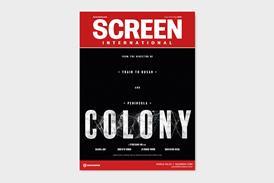





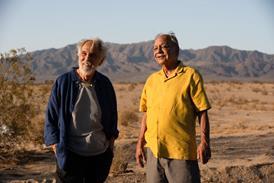
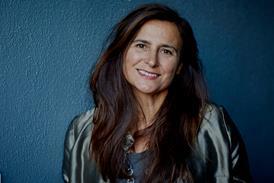




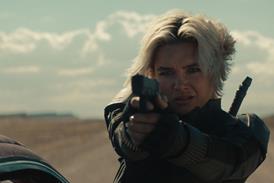


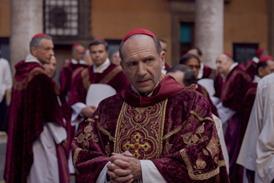





No comments yet